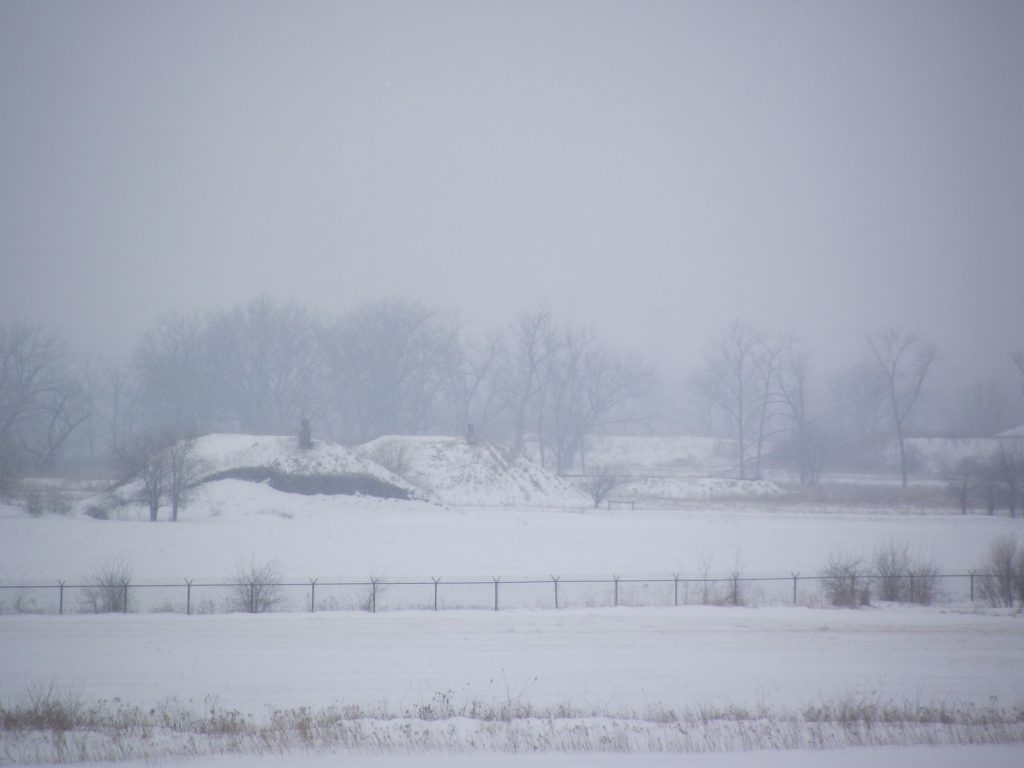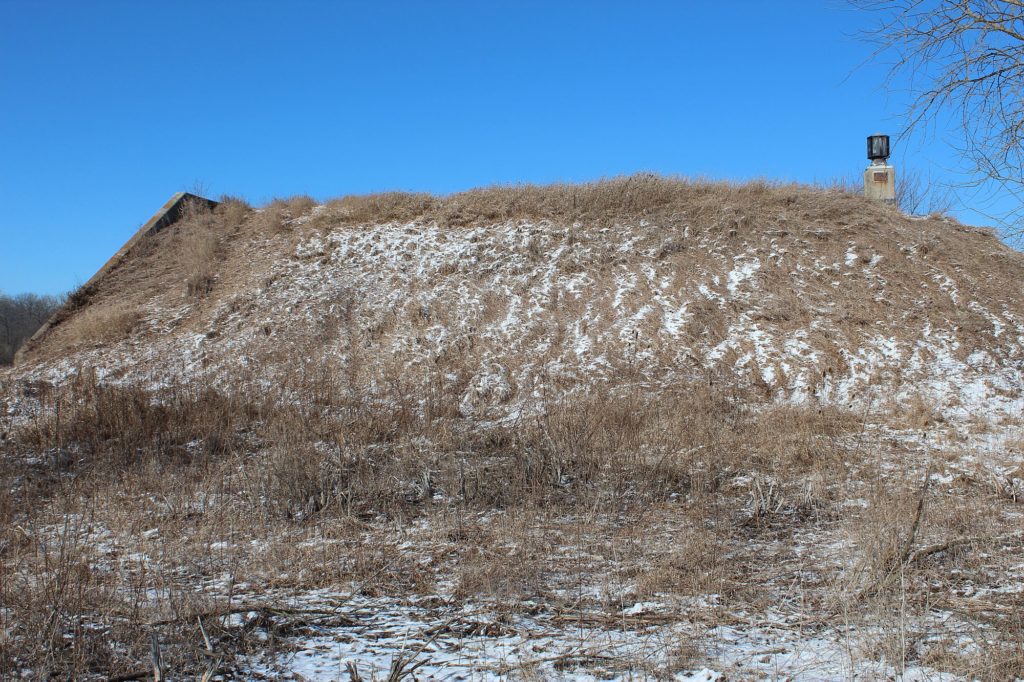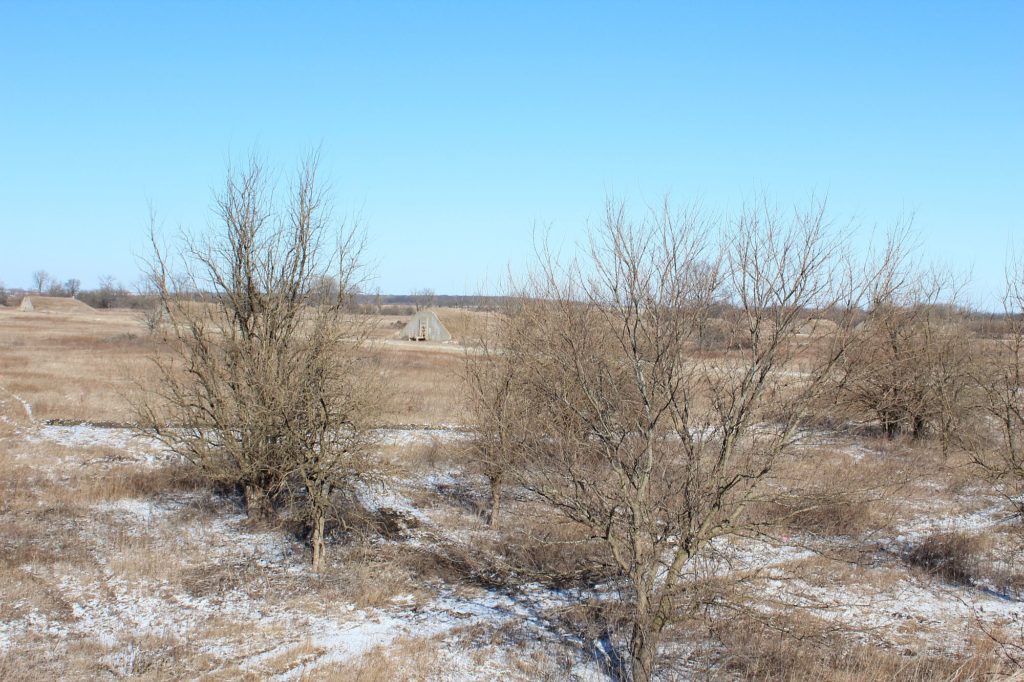
From a certain distance, they might be mistaken for haystacks. Or Indian burial mounds. Or Hobbit homes. Even up close, it can be a little hard to imagine them for what they are: storage bunkers for millions of bombs and a million tons of TNT. Harder still, perhaps, to imagine them returning to prairie.
The bunkers are relicts from the former Joliet arsenal, without which there would be no Midewin National Tallgrass Prairie.

Prior to the United States’ entry into WWII, the federal government launched a massive armament campaign. It built 77 ammunition plants all across the country, with six located in Illinois. The largest and most sophisticated combined facility was the one constructed just south of Joliet along historic Route 66. The federal government originally acquired more than 36,000 acres of farmland at a cost of $8.1 million. It laid down hundreds of miles of rails and roads, built more than 1,500 buildings, and constructed nearly 400 storage bunkers (or igloos as they were originally known) for an additional cost of $113 million.

The bunkers were constructed of reinforced concrete and mounded with earth in such a way as to withstand and direct any accidental explosions upward rather than to the sides, which might ignite a chain reaction among surrounding bunkers.

A small number of bunkers have been removed from one wetland restoration area, but the cost of dismantling structures that were built to withstand concentrated bomb blasts is, as you might imagine, prohibitive. In the mean time, they are a good place to escape the bitter winds on such a sub-zero wind chill day as today. Even more importantly, they provide a promontory from which to survey the dynamic interface between former farm fields, former arsenal land and future prairie.

